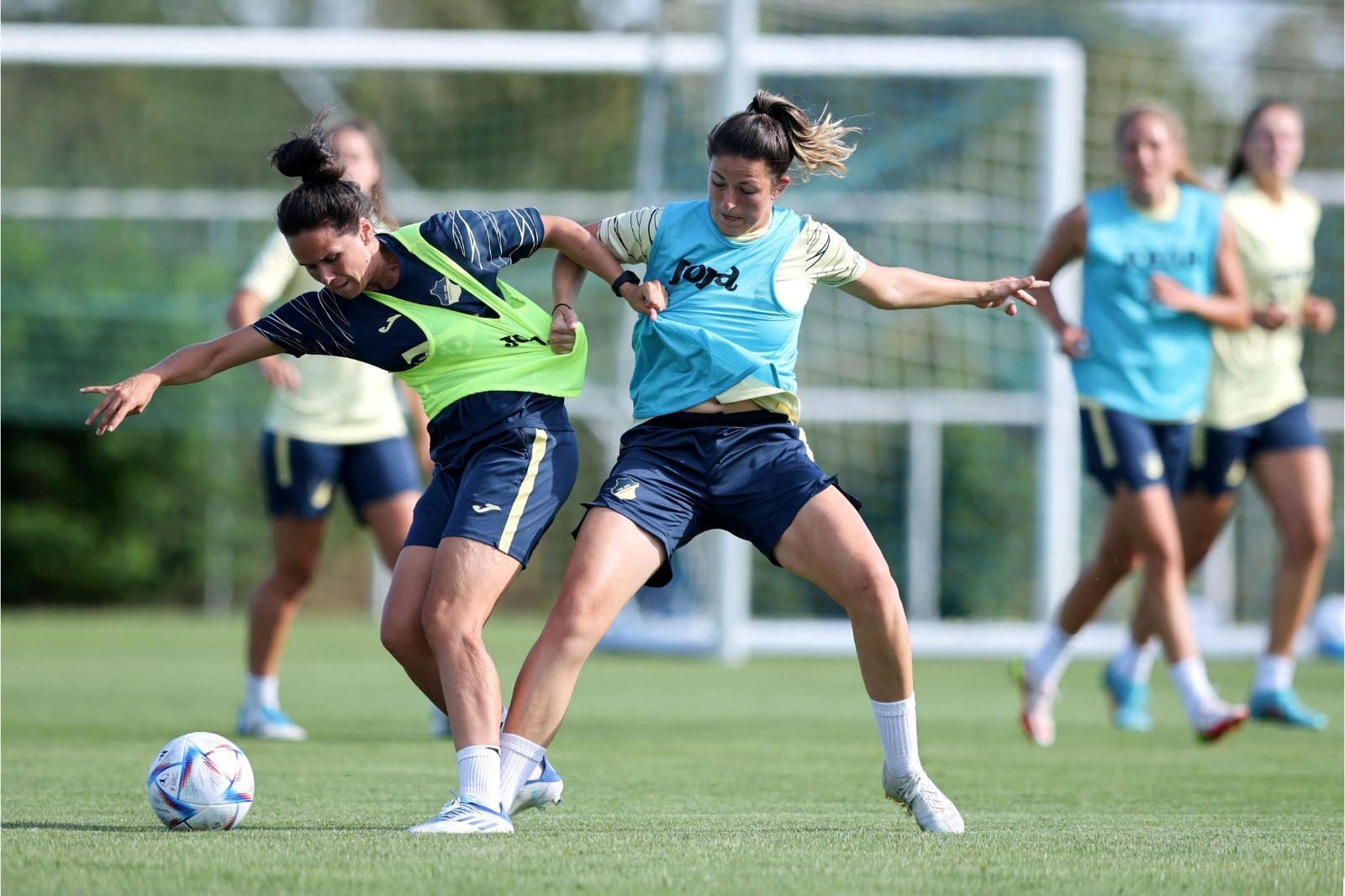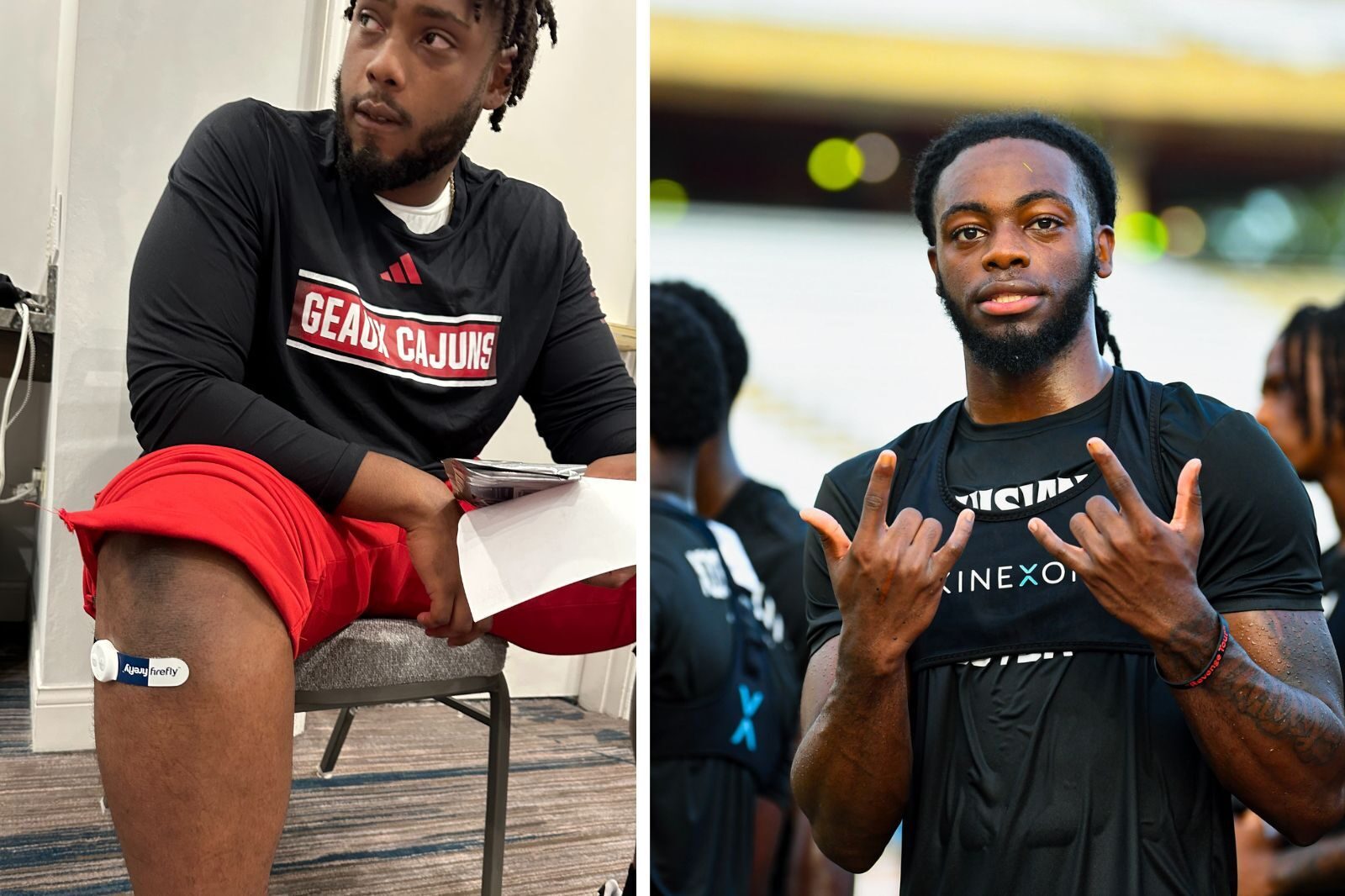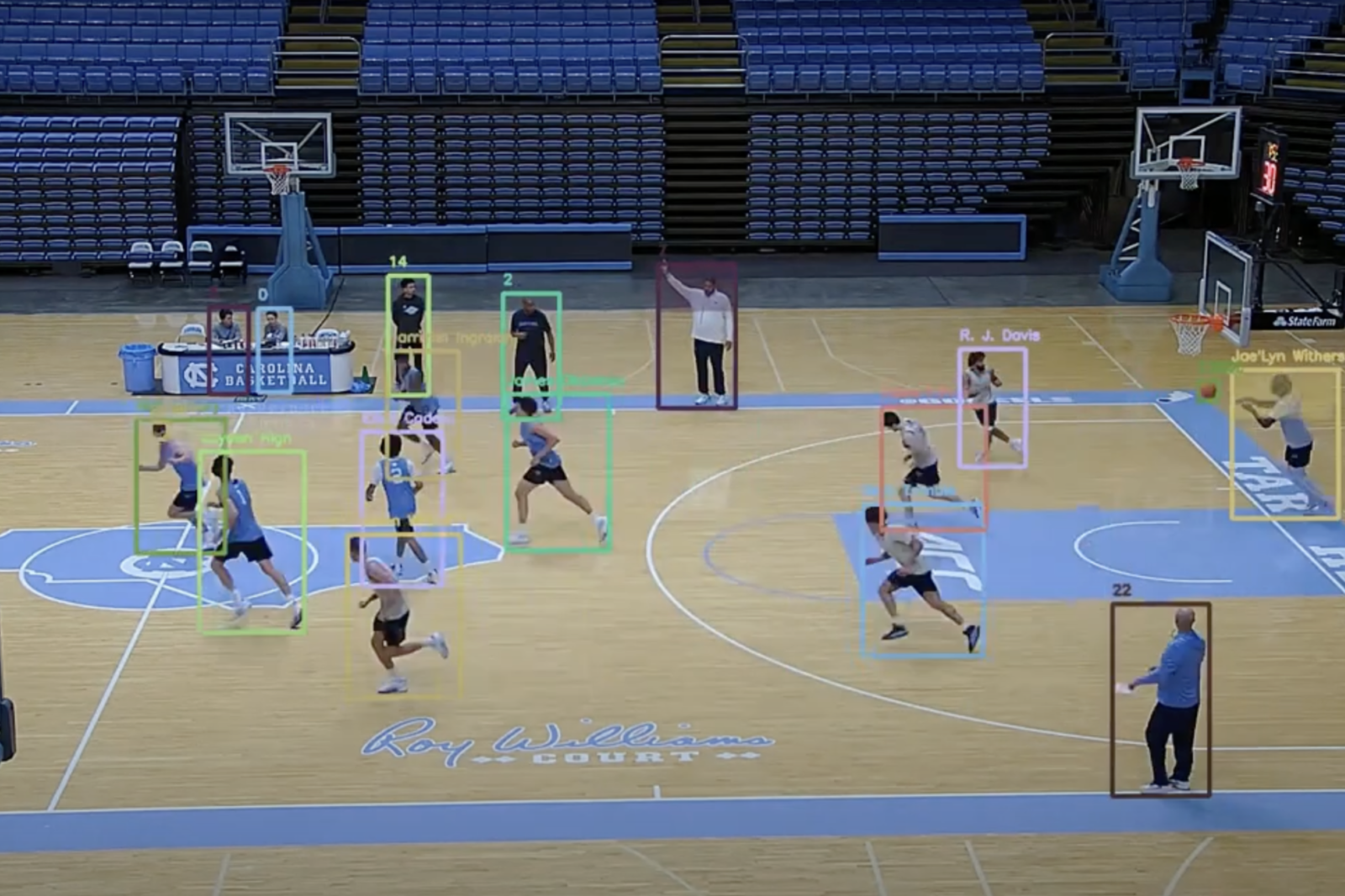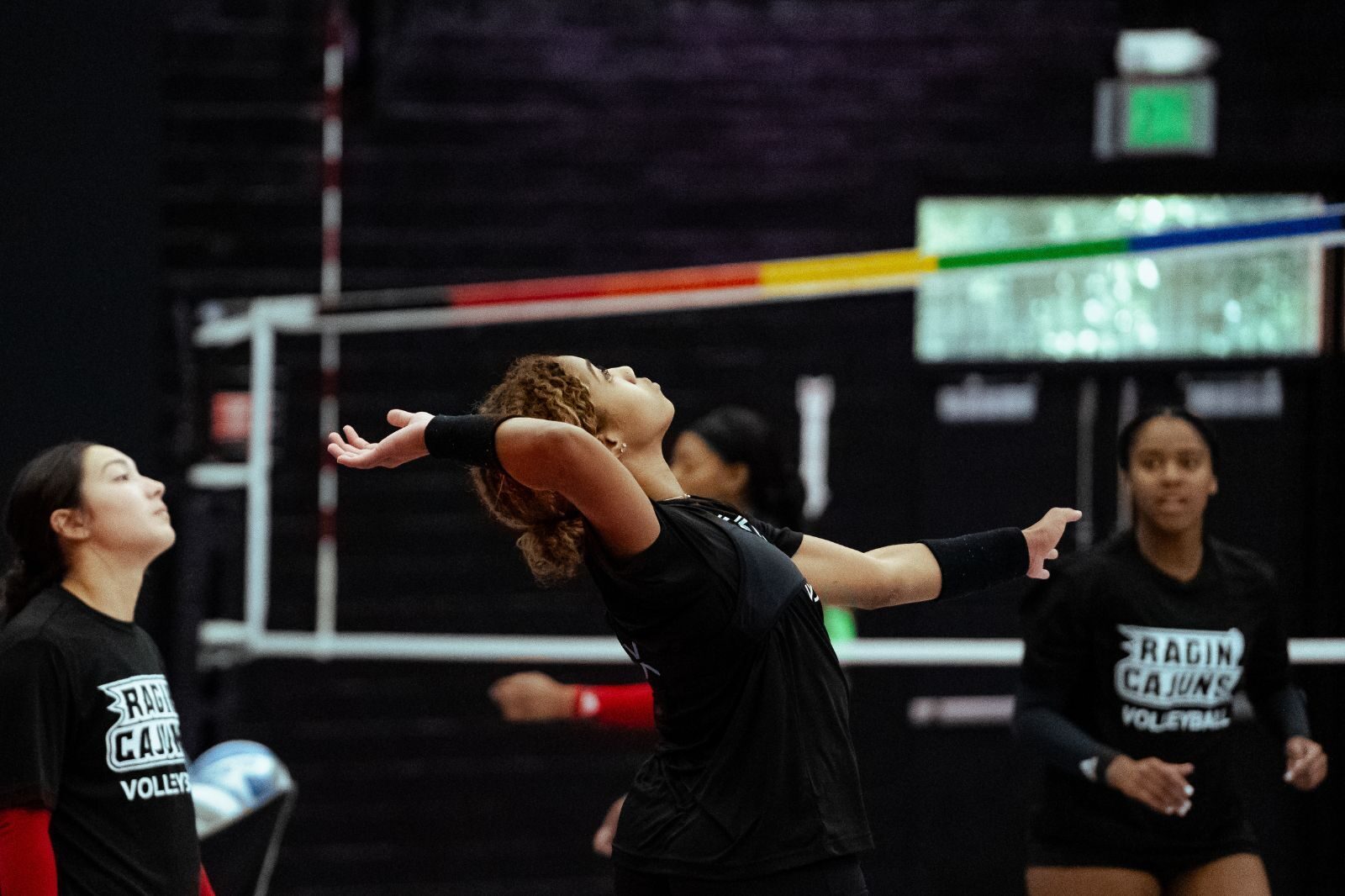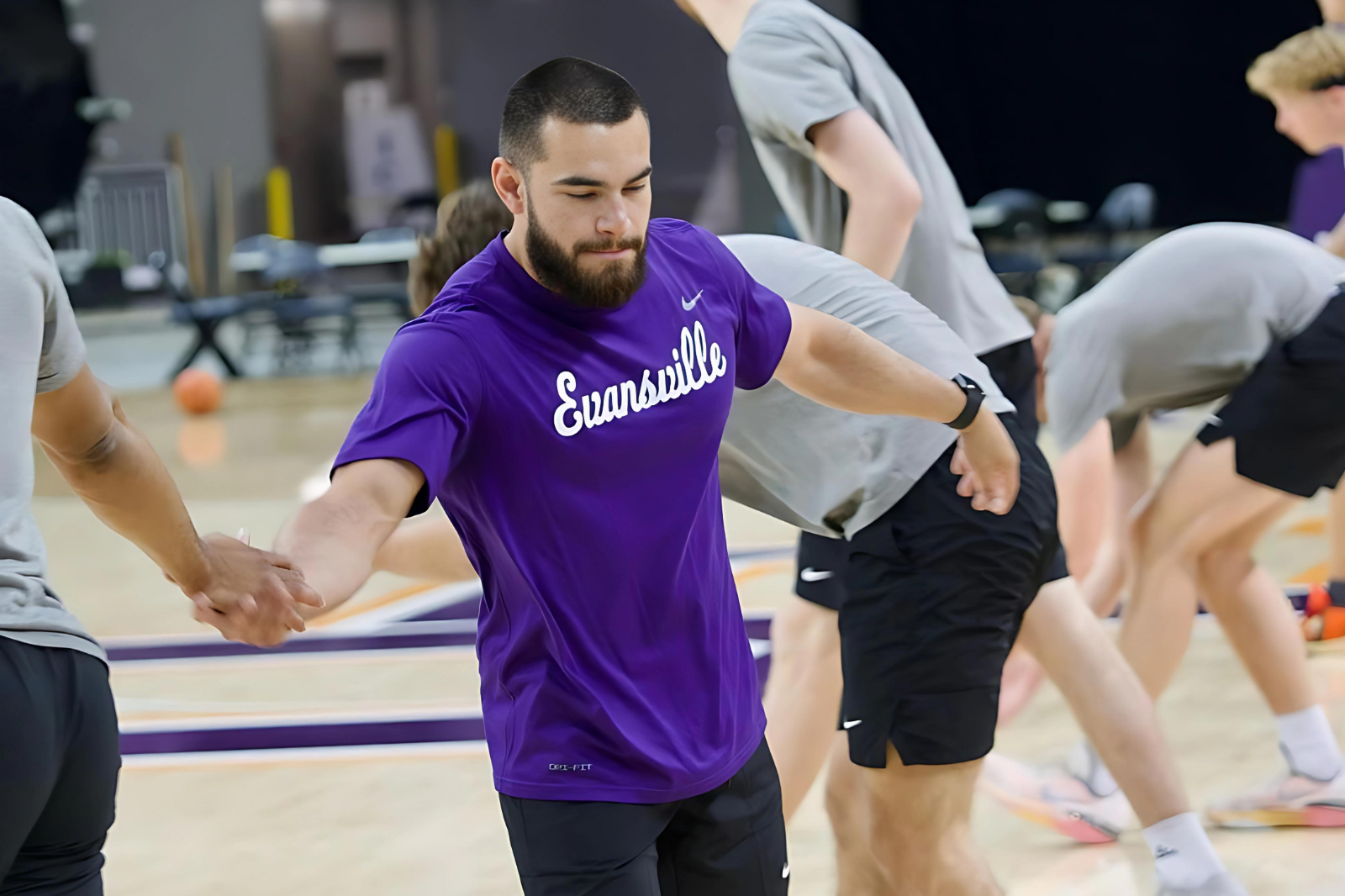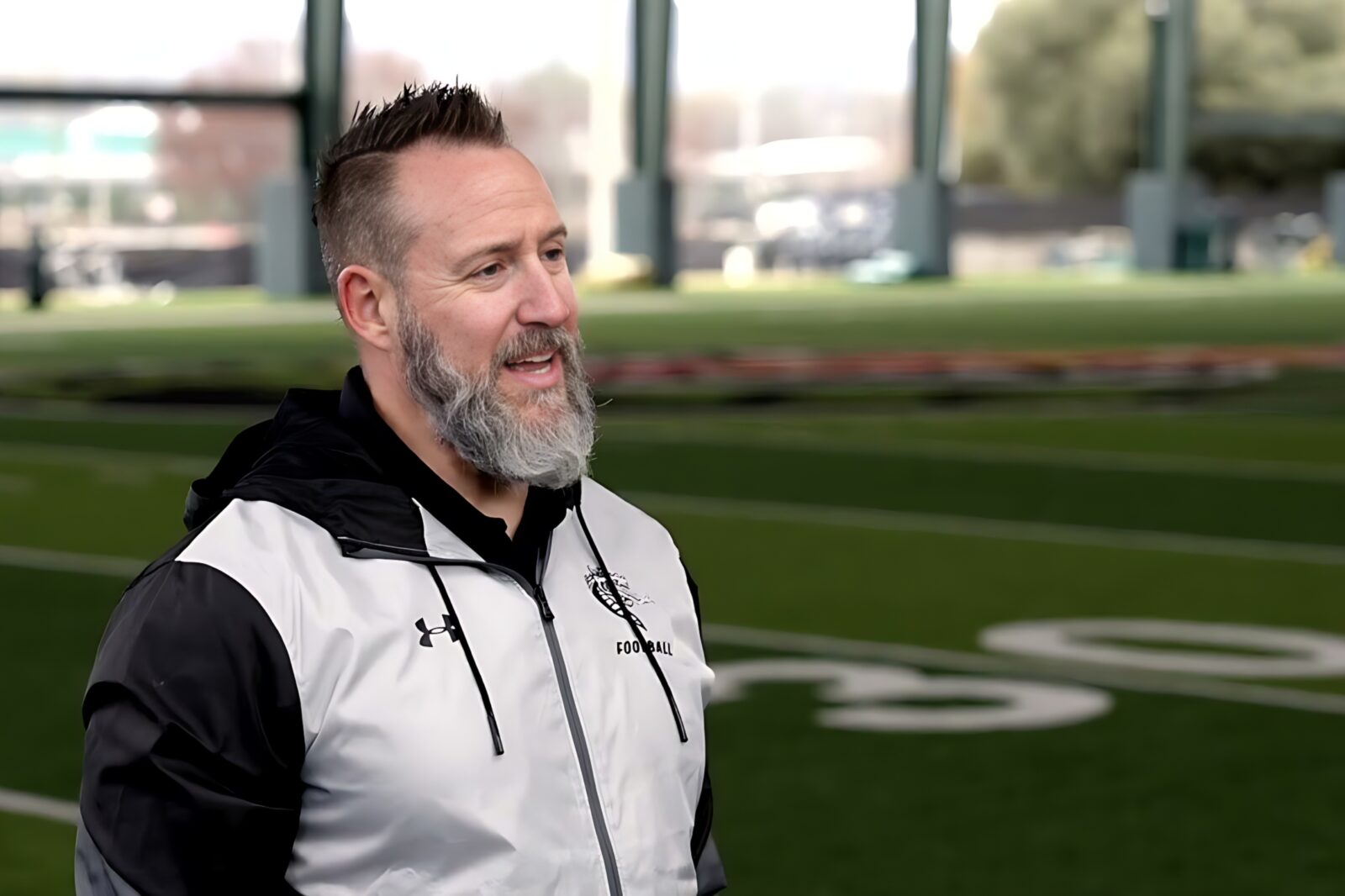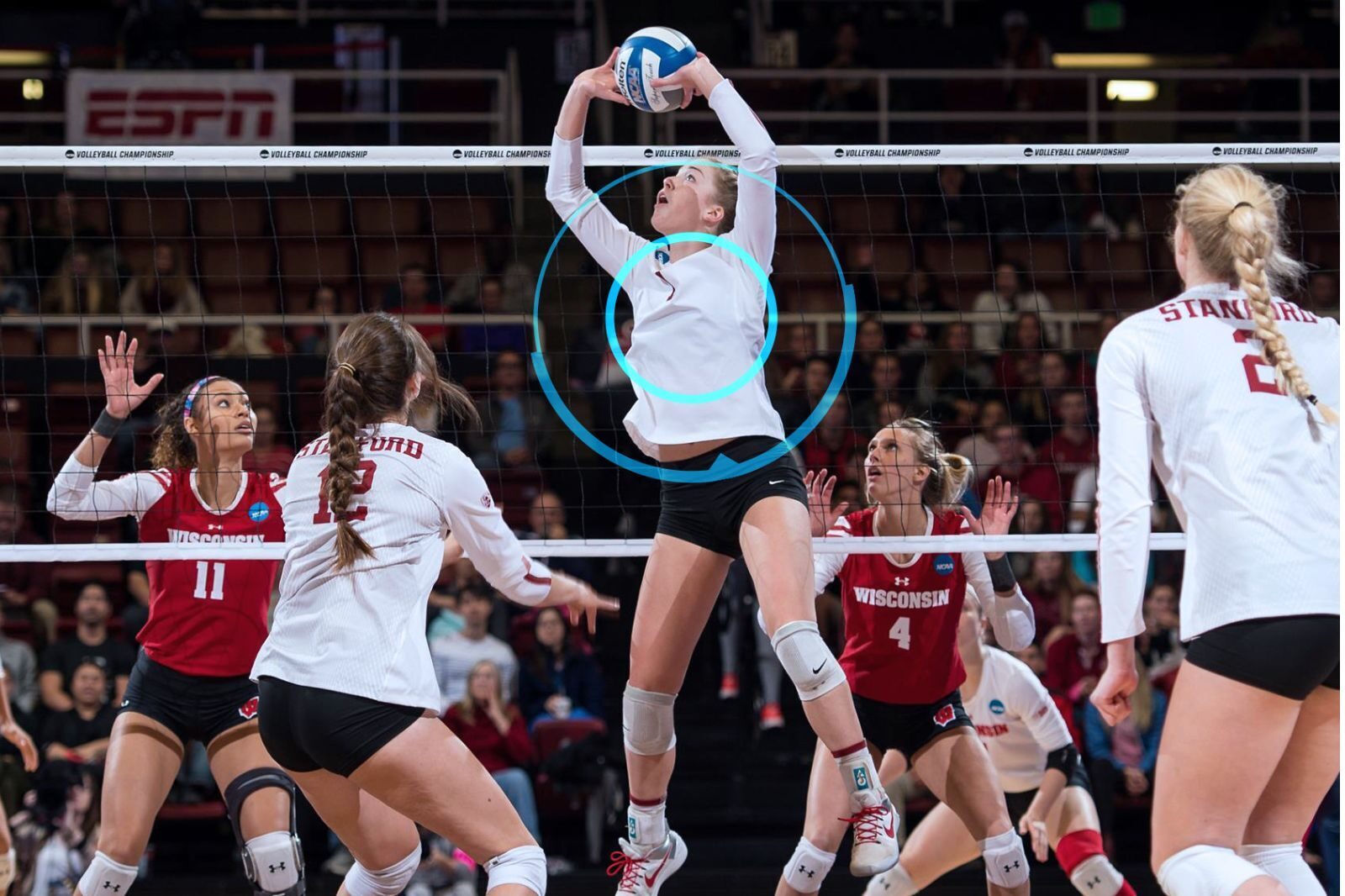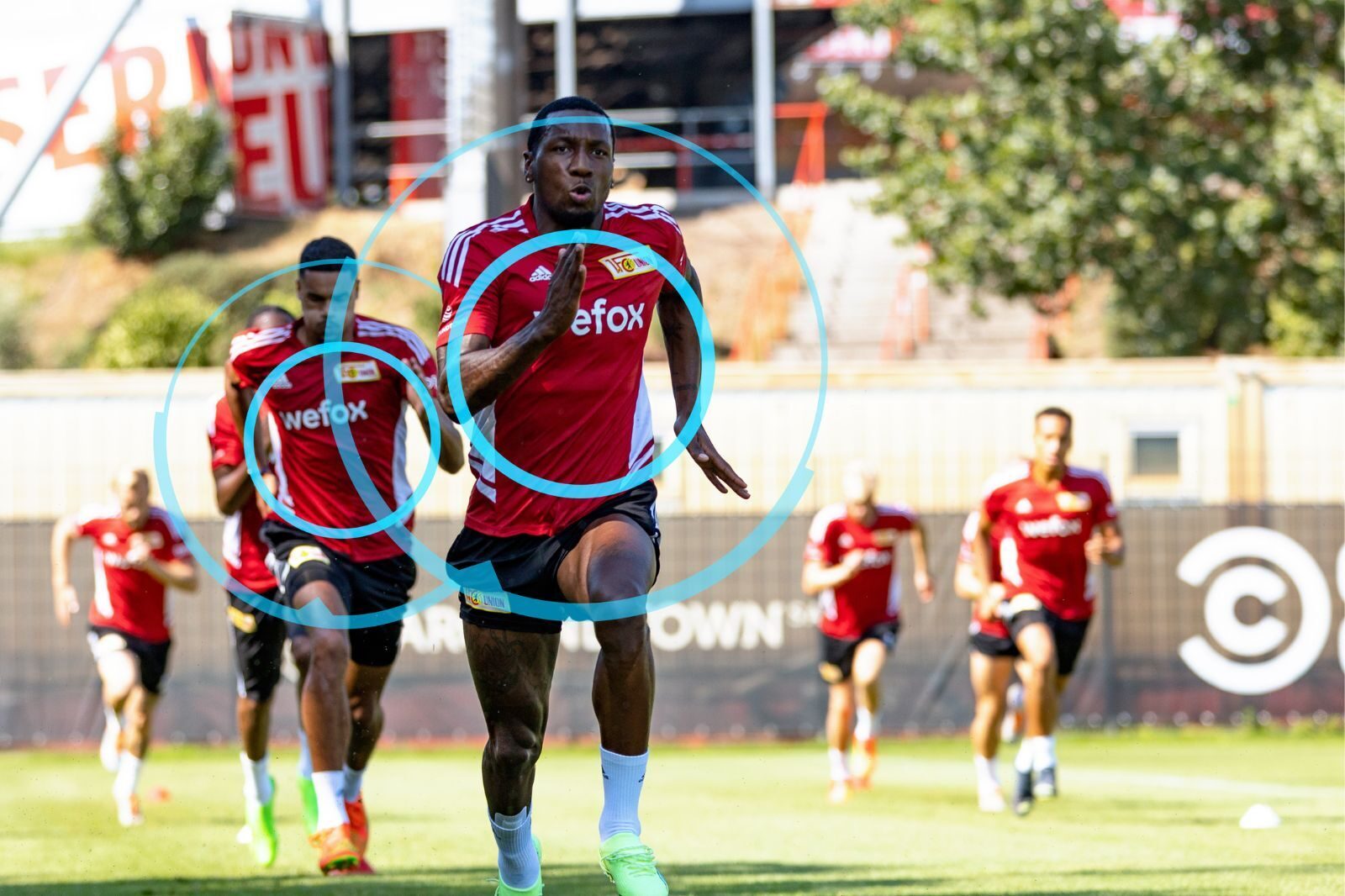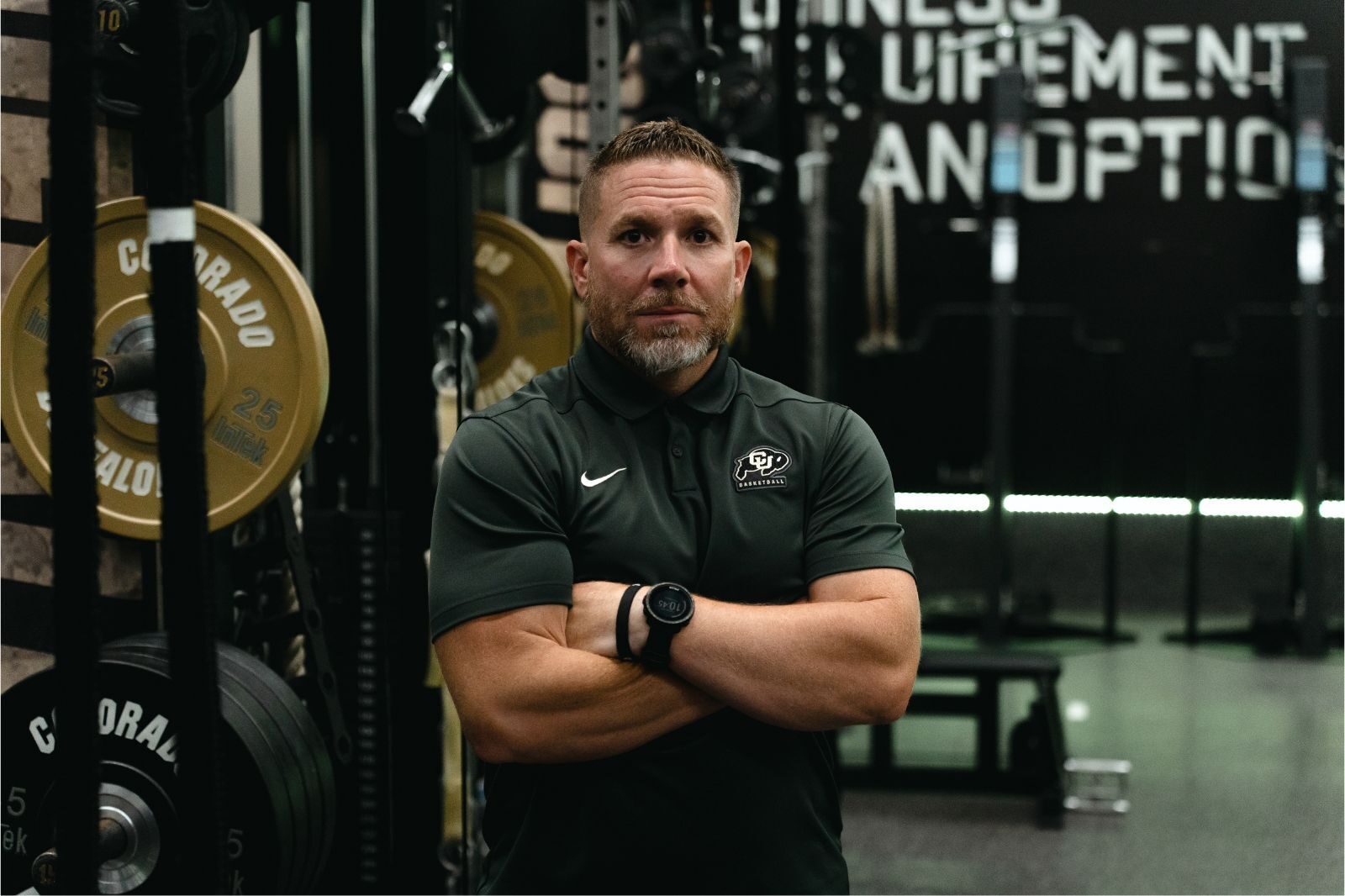Why is NBA-Style Load Management Spreading to Other Sports?
Author: Dave Grendzynski
NBA load management is not only changing the way we play basketball, but it’s now the talk among coaches in almost every other men’s and women’s sports. Load management is carried out with the help of sports data analysts, who use information (collected by player tracking devices) to help coaches and trainers make better decisions about the health and well-being of their players.
One of the first realizations that comes with implementing a load management strategy is what a difference it can make. And it’s not just basketball coaches who are saying it.
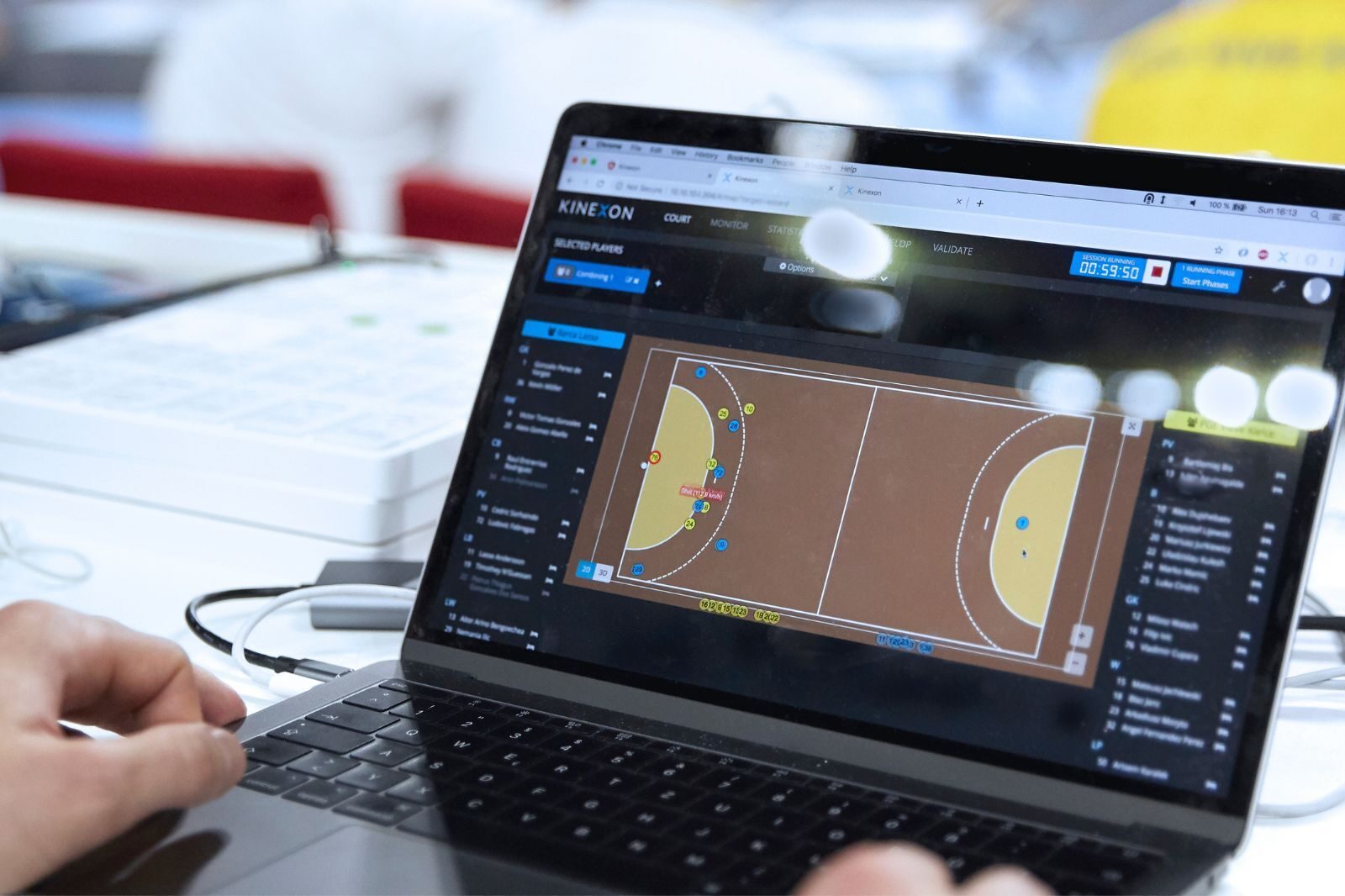
Load management burst onto the basketball scene around 2010. That’s when the NBA’s San Antonio Spurs started resting their star players during select games.
The practice is even more common today, with stars like Steph Curry, LeBron James, and Kawhi Leonard resting on random nights. Sports performance analysis is tied to a player’s physical exertion and workload during games and practices.
This information can be used to monitor and manage player fatigue, which can help your team in many ways, including:
- Injury prevention
- Optimizing player performance
- Improving your team’s overall performance
So, to better understand what load management is and why it’s so important to monitor, let’s take a closer look at it and find out why sports analytics software systems are vital when tracking it.
Learn more about our basketball player tracking systems by clicking the link below:
What Is Load Management?
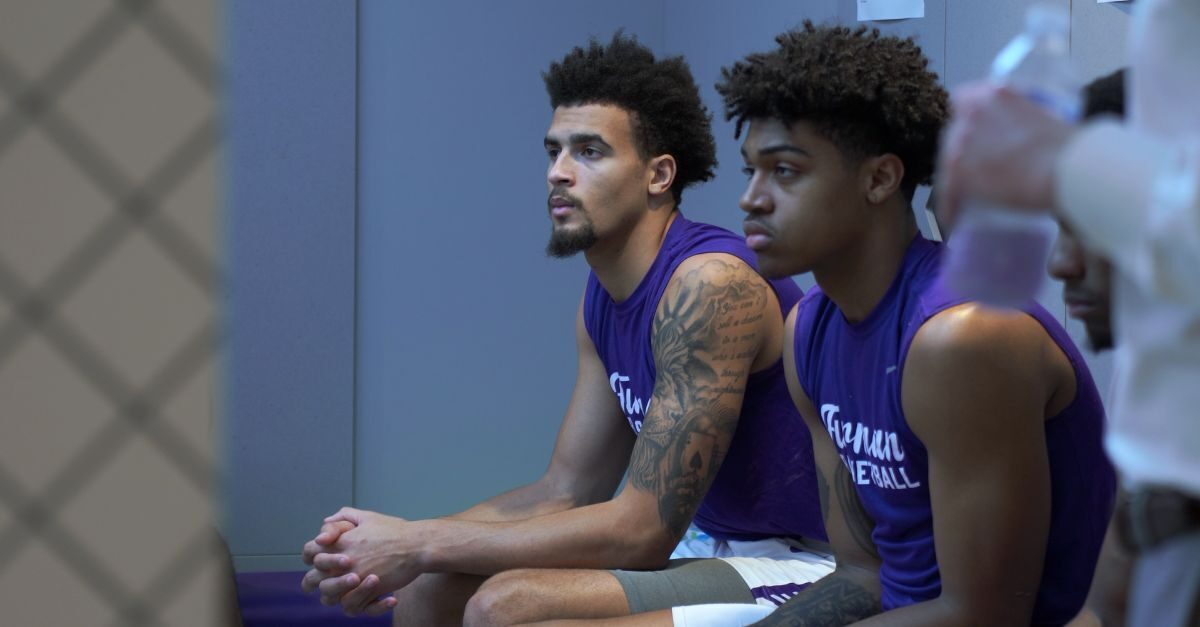
Load management is when a healthy player is held out of playing a game for rest or precautionary reasons. This is done to avoid long-term fatigue and injuries. But it’s typically not coaches who are single-handedly making these decisions.
Many studies show the benefits of load management, but it starts with the sports data provided by sports performance analysis software.
Sports Analytics Software Provides Data
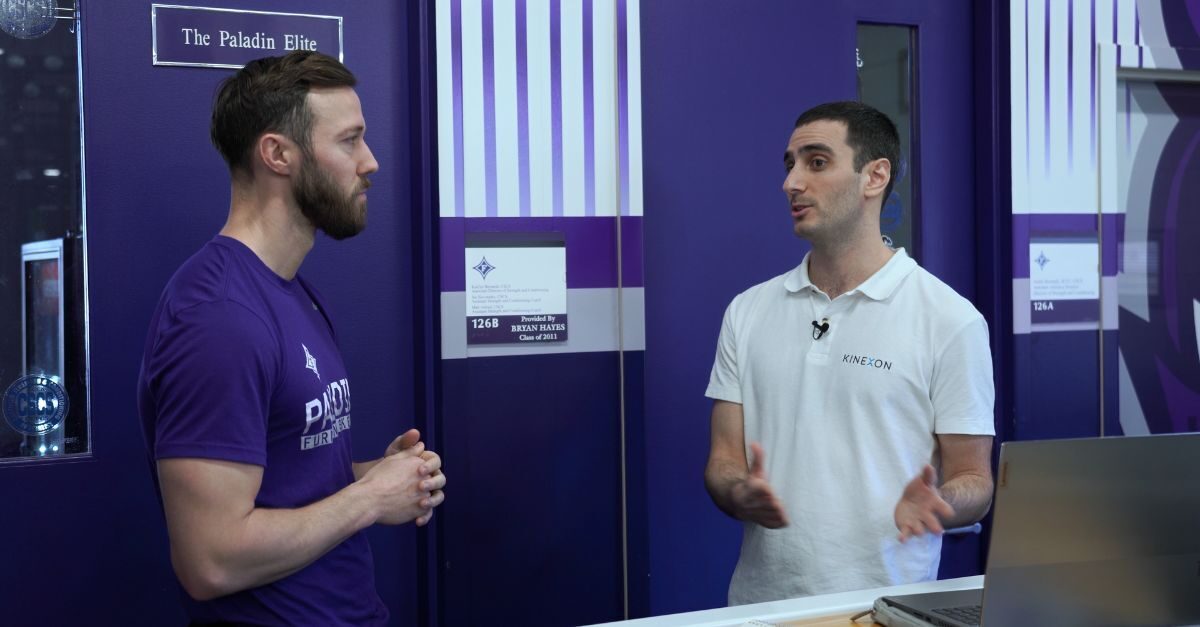
A sports analytics software system is technology-based. It tracks sports analytics through the use of sensors and/or cameras. It collects data on the movements and actions of players during games and practices, including:
- Monitoring player exertion: Sports performance analysis software can measure the distance players cover during games and practices and their speed and acceleration. This data can provide coaches and trainers with a better understanding of how much players exert themselves during games and practices. They can also help them adjust training and practice schedules accordingly.
- Tracking workload over time: Sports data analytics can also provide information on players’ workload, such as the number of minutes played per game and the number of games played in a given period. This information can help coaches and trainers decide about player rotation and rest days.
- Identifying injury risks: By monitoring players’ physical exertion and workload, a sports data analyst can help identify when players are at risk of injury. For example, if a player’s workload has been consistently high over a period of time, it may be a sign that they need additional rest or a reduced workload to avoid injury.
Real-time or post-practice/game, all sports data is gathered to analyze and dissect the information. The sports performance coach has the option to share it with the rest of the staff immediately or wait until after the practice/game to review the real-time data. This enables the coach and staff to make well-informed decisions regarding each player.
Typically a sports scientist, strength and conditioning coach, head coach, and trainers are all involved in the decision-making process. The goal is to improve each player’s (and the team’s) overall health and performance.
Sports Data Analytics Are Now Essential
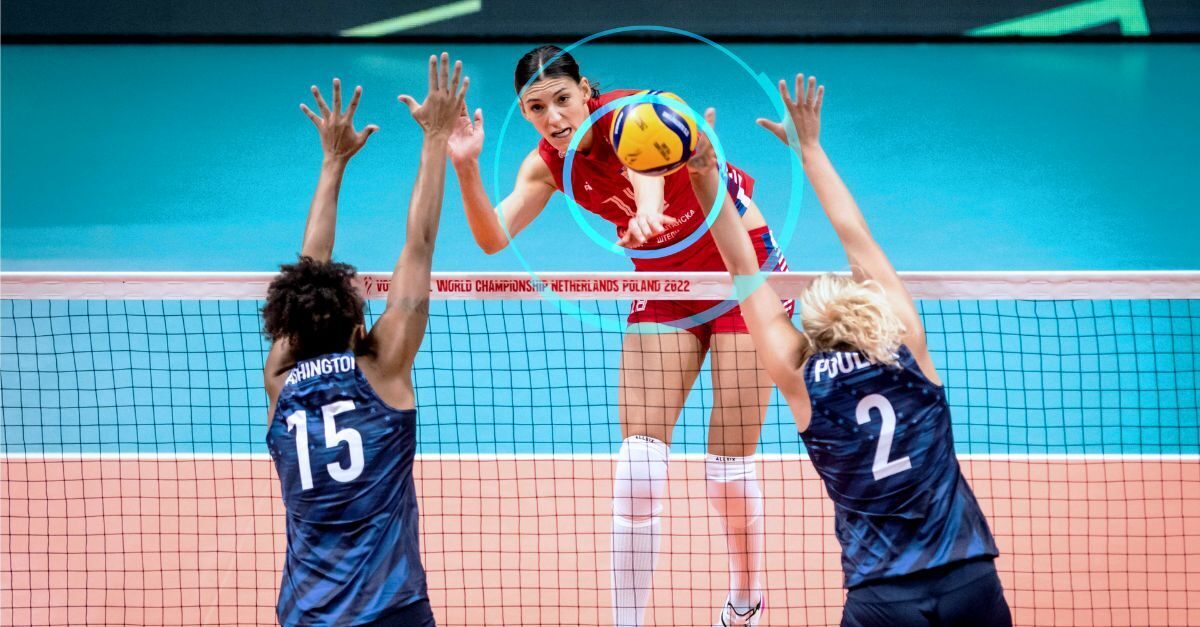
Basketball is a physical grind that gets more taxing for players with every game they play. The grueling schedules of AAU and overseas professional leagues are putting a lot of physical mileage on the players’ bodies. And the injury risk only increases with age.
Sports data analytics provide coaches and trainers with valuable insights, which pay dividends as the season progresses.
Many other sports are becoming more taxing because younger athletes play them year-round. Coaches and trainers must pay close attention to how their players’ bodies handle the added stress.
Sports Analytics and Load Management: Turning Data Into Insights For Coaches
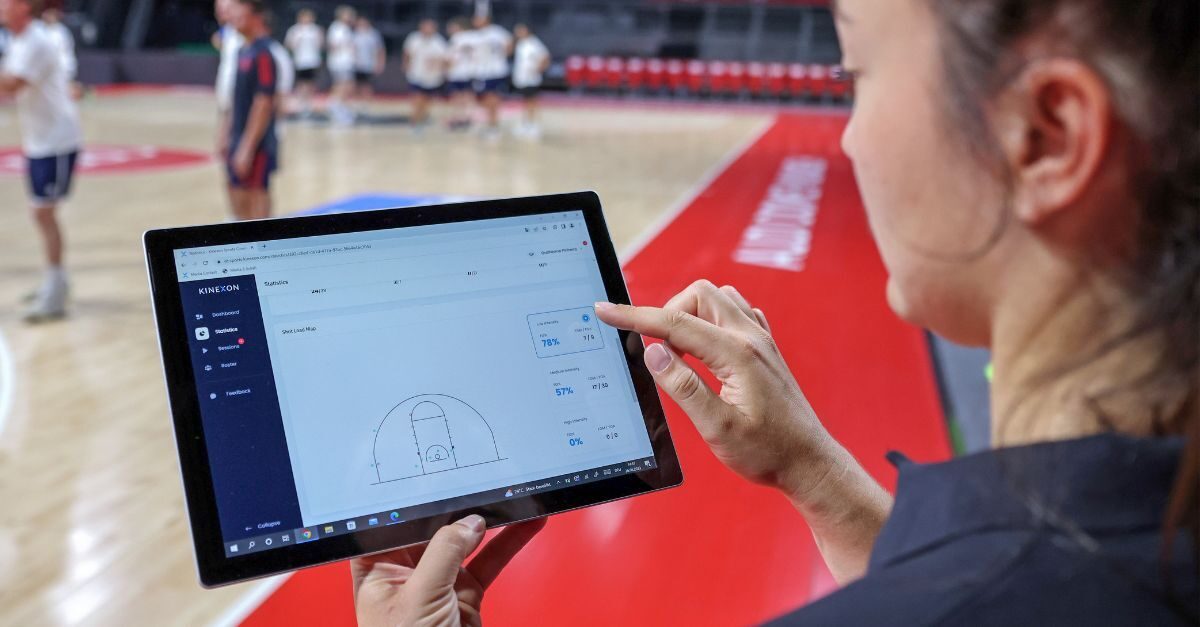
Many NBA teams regularly use load management systems for sports performance analysis. The same can be said for professional teams in Europe. Why? Players’ careers are being extended, and championship windows remain open longer. The number of men’s and women’s college teams using player tracking systems is also growing. KINEXON’s player tracking data helped the Miami Hurricanes’ coaching staff to prepare their players for their run to the Final Four in the NCAA Men’s Basketball Tournament.
Many football/soccer, volleyball, hockey, and American football teams also use the technology and sports data KINEXON Sports offers.
And our technology won’t disregard the natural indifferences between men and women. It can help you to pay attention to your players’ individual needs.
KINEXON enables coaches and players to prepare themselves to meet the demands of the sport and excel when it matters most.
To schedule a demonstration, please click the link below, or contact us anytime. It’s the first step to taking your team’s performance to a new level.
Want to see how our experts generate and analyze mechanical load data? Download our free guide.


